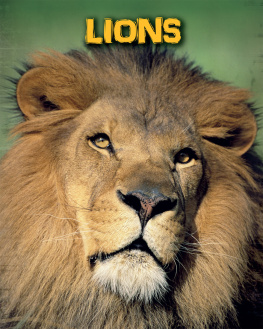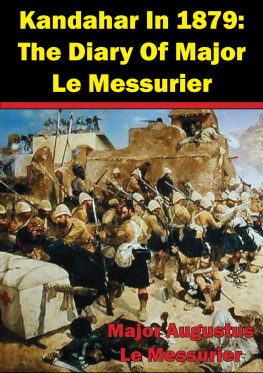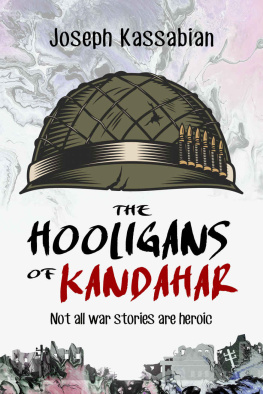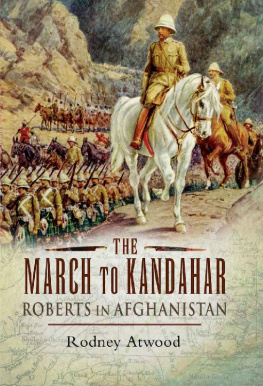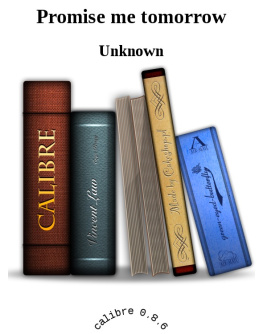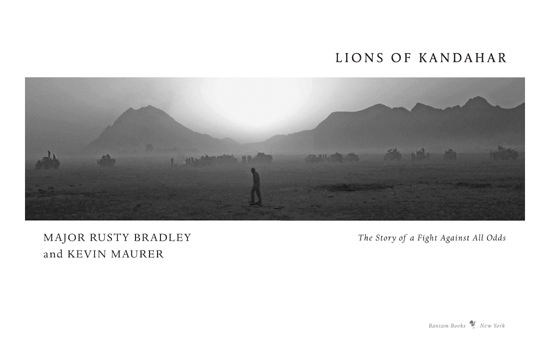Copyright 2011 by Rusty Bradley
Maps copyright 2011 by Travis Rightmeyer
All rights reserved.
Published in the United States by Bantam Books, an imprint of The Random House Publishing Group, a division of Random House, Inc., New York.
B ANTAM B OOKS and the rooster colophon are registered trademarks of Random House, Inc.
LIBRARY OF CONGRESS CATALOGING-IN-PUBLICATION DATA
Bradley, Rusty.
Lions of Kandahar : the story of a fight against all odds / Rusty Bradley and Kevin Maurer.
p. cm.
eISBN: 978-0-440-42345-4
1. Afghan War, 2001 CampaignsAfghanistanPanjwai
(District). 2. Afghan War, 2001 Commando operations. 3. Afghan
War, 2001 Personal narratives, American. 4. Taliban. 5. Bradley,
Rusty. I. Maurer, Kevin. II. Title.
DS371.4123.P38B73 2011
958.104742dc22 2010053026
www.bantamdell.com
Jacket design by Marietta Anastassatos
Photograph: Andrew Craft
v3.1
Dedicated to those few who live every day
like September 12, 2001
Contents
Glossary
Operation Medusa
September 2September 17, 2006
| AAF | Anti-Afghanistan Forces; also used to designate the Afghan Air Force |
| AC-130 | gunship |
| ANA | Afghan National Army |
| ANP | Afghan National Police |
| API | armor-piercing incendiary rounds |
| AT4 | disposable light anti-tank round |
| CAS | close air support |
| CCP | casualty collection point |
| CSM | command sergeant major |
| EOD | explosive ordnance detachment |
| ETT | embedded trainer with the Afghan Army |
| FBCB2 | Force XXI Battle Command, Brigade and Belownavigation system and force tracker |
| FOB | forward operating base |
| GFC | ground force commander |
| GMV | truck |
| Goose | 90-mm recoilless rifle |
| GSR | gunshot residue and explosives test |
| IED | improvised explosive device |
| IR | infrared |
| ISAF | International Security Assistance Force |
| JTAC | joint tactical aircraft controller |
| KAF | Kandahar Airfield |
| LAWS | Light Anti-Armor Weapons System |
| LZ | landing zone |
| MREs | Meals, Ready to Eat |
| NODS | night-vision device |
| PKM | Pulemyot Kalashnikova, or Kalashnikovs Machine Gun |
| PUC | personnel under confinement (prisoners) |
| QRF | quick reaction force |
| RPG | rocket-propelled grenade |
| TOC | tactical operations center |
| WIA | wounded in action |
Key Afghan words

Amerkaianu Mushakas Kawatuna American Special Forces
badal blood feud, revenge
hamla attack
mesher a senior, elderly person
turan captain
wa sahib yes, sir
za go
Authors Note
The most important challenge I faced in writing this book was trying to capture the significance of this event on paper and to articulate its magnitude for the reader. This book is not just about a series of intense firefights that stretched over days. It was the most strategically significant battle in Afghanistan that you never heard of, and its effects would have a direct impact in the War on Terror (WOT). What originated as a preplanned military operation designed by the International Security Assistance Force (ISAF) to clear a known enemy sanctuary soon developed into a ferocious, pivotal engagement that would push untested NATO troops to the limit and cause the Taliban and its foreign fighters to completely change the way they confronted coalition forces. It was an all-out fight to hold the line against a resurgent enemy and a catalyst to a new understanding of what would be required as the United States and its allies continued to prosecute the war.
The initial phase of Operation Medusa raged for nearly two weeks in the late summer of 2006. This operation and its subsequent phases would eventually extend combat operations over the course of several months. My team was one of five that directly participated in all phases of the entire operation and was the primary element chosen to stay in the volatile Panjwayi district following the conclusion of Operation Medusa. Designated as Operational Detachment Alpha (ODA) 331, my team was tasked to clean out the Taliban and foreign fighters, mitigate their influence, reinstate local, legitimate governance, and assist in the reconstruction and security of an underdeveloped urban area the size of Rhode Island. This Herculean task was given to ten men. Such are the fortunes of war, and that truth comes with a price.
This story is my recollection, to the best of my ability, of what my Special Forces team endured from August to September 2006. It is intended to be an honest portrayal of the trials Special Forces soldiers face in Afghanistan. The language and humor are genuine, if not necessarily for the weak, fainthearted, or politically correct. This project has no ulterior motives or hidden agenda and is in no way intended to cause controversy or to point fingers. It is simply a story of ordinary men who did extraordinary things in the face of overwhelming adversity.
Every legal and operational consideration has been exercised in writing this book. I have only used first names and nicknames to protect those persons discussed, unless individuals names have been previously released. Some call signs have been changed because of operational security. In writing this, I have made every attempt to abide by the security requirements of the U.S. Army Special Operations Command and old-fashioned common sense.
My intent in writing this story was not to gratify any particular rank or ego, or to make any political statements. In portraying events, I adhere strictly to facts, not opinions. It either did or did not happen. There will be those who choose to armchair-quarterback my decision to write this book and the depiction of the events in it. I will simply add that the validity of this account comes not just from myself, but from nearly three dozen Special Forces operators and commanders, ISAF members, and Afghan National Army soldiers who served there with me and who were subsequently interviewed for this project, to ensure its accuracy. Conversations and dialogue have been reconstructed from these interviews, action reports, and my own notes and recollections.
These men were my compass, my guide, and ground truth for this project. The Afghans have a saying in Pashto,


